 web3.0
web3.0
 What is the Jupiter platform? What is the relationship with Solana? One article will give you a complete analysis
What is the Jupiter platform? What is the relationship with Solana? One article will give you a complete analysis
What is the Jupiter platform? What is the relationship with Solana? One article will give you a complete analysis
Mar 03, 2025 pm 07:36 PMJupiter: Leading DEX aggregator in the Solana ecosystem
This article will explore Jupiter, the leading decentralized exchange (DEX) aggregator in the Solana ecosystem. Jupiter integrates the liquidity of multiple DEXs to provide users with the best price, lowest slippage and efficient trading experience.
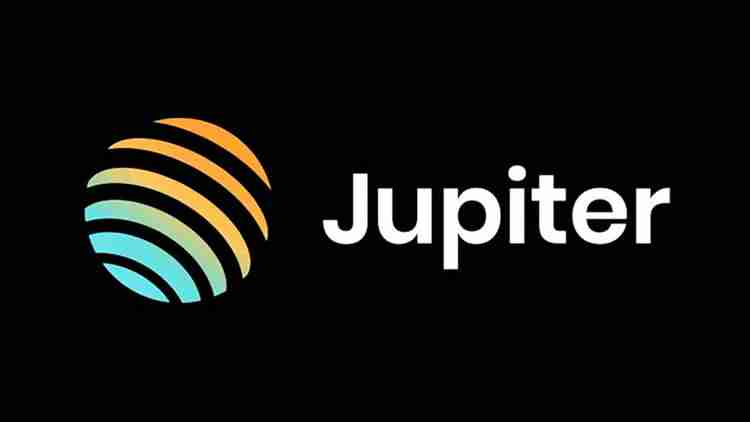
Jupiter's core advantages:
- Price advantages: By aggregating multiple DEXs, ensure that users get the best transaction price.
- Speed ??advantage: Use Solana's high TPS to achieve extremely low transaction delays.
- Cost Advantage: Solana's Gas costs are cheaper than other blockchains.

Jupiter Main functions:
1. DEX aggregation: Jupiter integrates the liquidity of multiple DEXs such as Raydium, Orca, Serum, etc., providing users with: the best transaction price, the lowest slippage and transaction cost, as well as fast transaction execution. Its parallel processing architecture is significantly better than the aggregators on other EVM chains.
2. Swap trading and limit order:
- Jupiter Swap: Users can easily exchange tokens, and the system automatically selects the optimal trading path. The platform itself does not charge additional fees, only DEX transaction fees and Solana network fees are required. It should be noted that some partners using the Jupiter API may charge additional fees.
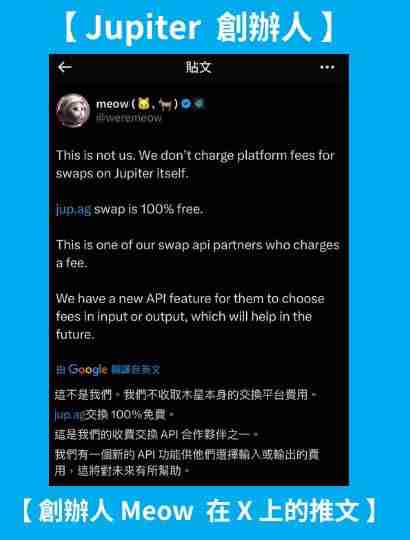
- Jupiter Limit: Users can set price orders and automatically execute when the market price reaches the target to ensure that the transaction is completed at an ideal price. The handling fee is only 0.1%.
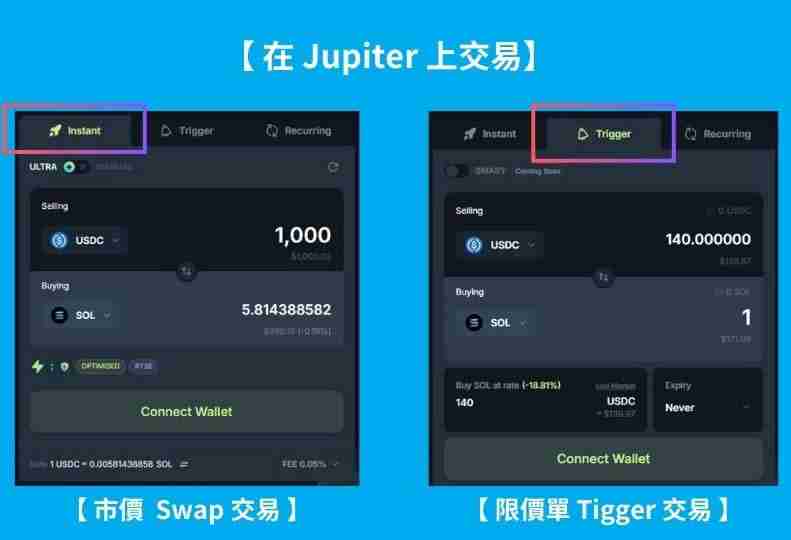
3. DCA & VA: On-chain fixed investment and value average method:
Jupiter provides two intelligent investment tools: DCA (regular fixed investment) and VA (value average method), helping users reduce market volatility risks and achieve long-term stable investment.
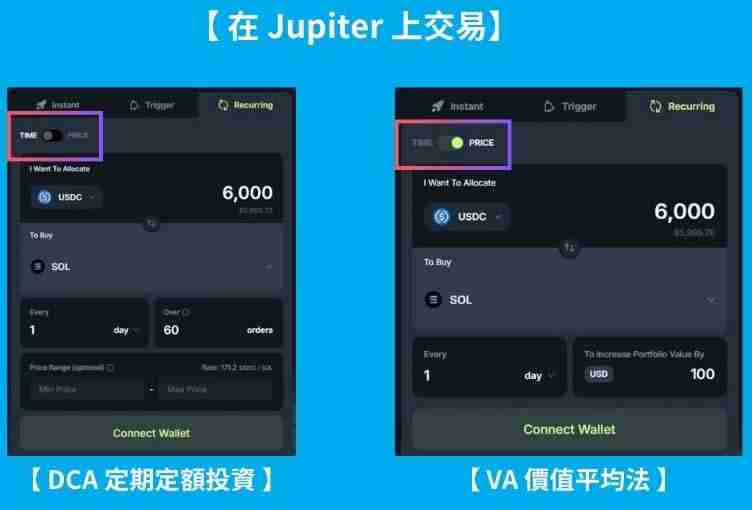
4. Perps Perpetual Contract:
Jupiter provides perpetual contracts such as SOL, ETH, WBTC, etc., with a leverage range of 1.1x – 100x, and supports the use of Solana intra-ecological tokens as margin.
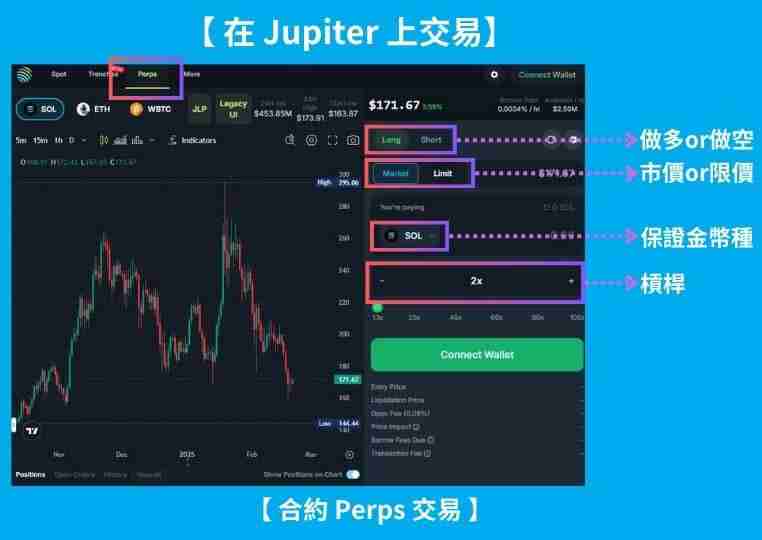
$JUP Token Economics:
- Token name: Jupiter ($JUP)
- Total supply: 7 billion pieces (30% cut)
- Main uses: Community governance, voting decision-making, Launchpad investment and platform handling fee discounts.
Token allocation: In August 2024, the Jupiter community cut the token supply by 30% through a proposal to reduce future selling pressure and enhance market confidence.
Future development of Jupiter: Jupiter will continue to improve DEX aggregation technology, expand cross-chain transactions, and strengthen DAO governance. The ultimate goal is to become the world's leading DeFi transaction infrastructure.
Conclusion:
Jupiter has become the leading DEX aggregator on Solana with its powerful features and the advantages of the Solana ecosystem, and has great development potential. The maturity of $JUP tokens and the development of LFG Launchpad will further promote the prosperity of the Jupiter and Solana DeFi ecosystems.
The above is the detailed content of What is the Jupiter platform? What is the relationship with Solana? One article will give you a complete analysis. For more information, please follow other related articles on the PHP Chinese website!

Hot AI Tools

Undress AI Tool
Undress images for free

Undresser.AI Undress
AI-powered app for creating realistic nude photos

AI Clothes Remover
Online AI tool for removing clothes from photos.

Clothoff.io
AI clothes remover

Video Face Swap
Swap faces in any video effortlessly with our completely free AI face swap tool!

Hot Article

Hot Tools

Notepad++7.3.1
Easy-to-use and free code editor

SublimeText3 Chinese version
Chinese version, very easy to use

Zend Studio 13.0.1
Powerful PHP integrated development environment

Dreamweaver CS6
Visual web development tools

SublimeText3 Mac version
God-level code editing software (SublimeText3)

Hot Topics
 How to get stablecoin USDT for free_Xiaobai stablecoin USDT obtain guide
Jul 15, 2025 pm 11:51 PM
How to get stablecoin USDT for free_Xiaobai stablecoin USDT obtain guide
Jul 15, 2025 pm 11:51 PM
Yes, you can get USDT for free in the following 5 ways: 1. Participate in airdrop tasks on mainstream exchanges, such as registering and giving away, completing novice tasks, and inviting friends to get rewards; 2. Join the blockchain project community and obtain airdrops through Web3 social platform or Twitter/Discord interaction; 3. Participate in the "test network" activity, register the test chain address and simulate the use of DApp to get incentives; 4. Complete tasks on the cryptocurrency navigation platform to receive novice gift packages, participate in sign-in, lottery and other activities; 5. Interact with the content creation and community, and publish original content to obtain USDT rewards from the project party. At the same time, you need to pay attention to security risks, do not fill in private keys, do not believe in scams, and choose mainstream platforms to participate.
 Is the stablecoin USDT a scam? Is the company behind the stablecoin USDT reliable?
Jul 15, 2025 pm 11:57 PM
Is the stablecoin USDT a scam? Is the company behind the stablecoin USDT reliable?
Jul 15, 2025 pm 11:57 PM
USDT is not a scam, but there are risks. 1. Tether provides liquidity in the crypto market by issuing USDT, a stablecoin anchored by the US dollar; 2. The company's background is related to Bitfinex, and has been fined for audit issues but has increased transparency; 3. The reserve assets are mainly US Treasury bonds rather than pure cash, and there are certain financial risks; 4. Face risks such as insufficient audit frequency, centralized control and compliance restrictions; 5. The USDT market is highly accepted, but trust needs to be based on continuous disclosure and compliance operations. Overall, USDT is trustworthy but does not equal zero risk, and users should be cautious.
 How to transfer USDT to the exchange of stablecoin_Detailed explanation of USDT exchange trading operations
Jul 15, 2025 pm 11:36 PM
How to transfer USDT to the exchange of stablecoin_Detailed explanation of USDT exchange trading operations
Jul 15, 2025 pm 11:36 PM
To transfer USDT to the exchange for transactions, you must first confirm that the chain type matches, the address is correct, and complete real-name authentication. 1. Register and authenticate the mainstream exchange account with real name; 2. Confirm that the wallet is consistent with the USDT chain type of the exchange (such as TRC20); 3. Obtain the recharge address of the corresponding chain on the exchange and copy it accurately; 4. Initiate transfers from the wallet and pay the corresponding handling fee; 5. After arrival, you can trade in the spot or contract market; 6. Pay attention to checking the address, avoid transferring to the contract address, and give priority to low-processing networks. The entire process is usually completed in minutes, ensuring operational safety is key.
 Is USDT worth investing in stablecoin_Is USDT a good investment project?
Jul 15, 2025 pm 11:45 PM
Is USDT worth investing in stablecoin_Is USDT a good investment project?
Jul 15, 2025 pm 11:45 PM
USDT is not suitable as a traditional value-added asset investment, but can be used as an instrumental asset to participate in financial management. 1. The USDT price is anchored to the US dollar and does not have room for appreciation. It is mainly suitable for trading, payment and risk aversion; 2. Suitable for risk aversion investors, arbitrage traders and investors waiting for entry opportunities; 3. Stable returns can be obtained through DeFi pledge, CeFi currency deposit, liquidity provision, etc.; 4. Be wary of centralized risks, regulatory changes and counterfeit currency risks; 5. In summary, USDT is a good risk aversion and transitional asset. If you pursue stable returns, it should be combined with its use in financial management scenarios, rather than expecting its own appreciation.
 Is USDC safe? What is the difference between USDC and USDT
Jul 15, 2025 pm 11:48 PM
Is USDC safe? What is the difference between USDC and USDT
Jul 15, 2025 pm 11:48 PM
USDC is safe. It is jointly issued by Circle and Coinbase. It is regulated by the US FinCEN. Its reserve assets are US dollar cash and US bonds. It is regularly audited independently, with high transparency. 1. USDC has strong compliance and is strictly regulated by the United States; 2. The reserve asset structure is clear, supported by cash and Treasury bonds; 3. The audit frequency is high and transparent; 4. It is widely accepted by institutions in many countries and is suitable for scenarios such as DeFi and compliant payments. In comparison, USDT is issued by Tether, with an offshore registration location, insufficient early disclosure, and reserves with low liquidity assets such as commercial paper. Although the circulation volume is large, the regulatory recognition is slightly low, and it is suitable for users who pay attention to liquidity. Both have their own advantages, and the choice should be determined based on the purpose and preferences of use.
 How to exchange USDT for stablecoin USDT into cash_USDT withdrawal tutorial
Jul 15, 2025 pm 11:54 PM
How to exchange USDT for stablecoin USDT into cash_USDT withdrawal tutorial
Jul 15, 2025 pm 11:54 PM
USDT cash exchange needs to be operated through a trading platform that supports fiat currency withdrawal. 1. Prepare a trading platform account that supports fiat currency withdrawal (such as Binance, Ouyi, Huobi, etc.); 2. Complete KYC real-name authentication; 3. Bind bank cards or Alipay and other payment methods; 4. Log in to the account and ensure that USDT is in the fund account or spot account; 5. Enter the OTC or fiat currency area and choose to sell USDT; 6. Set the sales amount and match the buyer; 7. After confirming the other party’s payment, click “Confirm Coin Delivery” to complete the transaction. Withdrawal methods include OTC fiat currency transactions, bank card withdrawals and third-party payments, among which OTC is more efficient. Notes include making sure to verify that the money is received before releasing, avoiding frequent large withdrawals, and contacting customer service in time when encountering abnormalities. The key to the entire process is to choose
 Which is better, DAI or USDC?_Is DAI suitable for long-term holding?
Jul 15, 2025 pm 11:18 PM
Which is better, DAI or USDC?_Is DAI suitable for long-term holding?
Jul 15, 2025 pm 11:18 PM
Is DAI suitable for long-term holding? The answer depends on individual needs and risk preferences. 1. DAI is a decentralized stablecoin, generated by excessive collateral for crypto assets, suitable for users who pursue censorship resistance and transparency; 2. Its stability is slightly inferior to USDC, and may experience slight deansal due to collateral fluctuations; 3. Applicable to lending, pledge and governance scenarios in the DeFi ecosystem; 4. Pay attention to the upgrade and governance risks of MakerDAO system. If you pursue high stability and compliance guarantees, it is recommended to choose USDC; if you attach importance to the concept of decentralization and actively participate in DeFi applications, DAI has long-term value. The combination of the two can also improve the security and flexibility of asset allocation.
 How to get stablecoin USDT_Free way to get stablecoin USDT
Jul 15, 2025 pm 11:39 PM
How to get stablecoin USDT_Free way to get stablecoin USDT
Jul 15, 2025 pm 11:39 PM
The ways to obtain USDT include: 1. Purchase through centralized exchanges such as Binance, OKX, etc., which is convenient to operate and supports multiple payment methods; 2. OTC modules are included in the platform for over-the-counter transactions, suitable for large-scale and privacy-conscious users; 3. Use stablecoin exchange platforms or wallets (such as TokenPocket) and decentralized exchanges (such as Uniswap) to achieve cross-chain or cross-currency exchanges; 4. Participate in exchange activities or task platforms to obtain airdrop rewards; 5. Obtain USDT incentives through mining, content creation, community interaction, etc.; 6. Collect USDT directly from other people's wallets, and pay attention to chain type matching to avoid asset loss.




